What to Know About Adding Outdoor Lighting
Outdoor Lighting Basics
Take the same approach to outdoor lighting as you would for interior lighting. You’ll want a mix of lights, depending on the areas you want to illuminate.
Lighting for safety and security should be your top priority. At your entry areas, you’ll want lights that are bright enough to illuminate both the entry and who is at the door. Overhead fixtures and sconces that cast a broad light work well for these areas.
Lighting tip: Illuminate house numbers so that emergency vehicles and guests can easily find you.
You’ll also want lights along pathways and steps. Choose fixtures that will cast the light onto the walking surface or the steps, especially if there is a grade change.
You also might want to have lights at other entry points, such as gates and driveways, and around any pools or ponds, for both security and as an indication of boundaries. Motion-sensor lights will alert you to movement in different parts of your yard without their constantly being on.
You also might want to have lights at other entry points, such as gates and driveways, and around any pools or ponds, for both security and as an indication of boundaries. Motion-sensor lights will alert you to movement in different parts of your yard without their constantly being on.
Whom to Hire
A landscape architect or landscape designer can provide ideas and plans that will incorporate the look and feel as well as the activities you want. If you want something more specialized, consider turning to a lighting designer.
If you’re handy, you can install simple low-voltage systems, such as rope lights and string lights. If you want a more elaborate system, look for a licensed electrician with experience in what you’re proposing. You also may require a landscape contractor if you need to have any construction work done, such as installing an underground conduit.
A landscape architect or landscape designer can provide ideas and plans that will incorporate the look and feel as well as the activities you want. If you want something more specialized, consider turning to a lighting designer.
If you’re handy, you can install simple low-voltage systems, such as rope lights and string lights. If you want a more elaborate system, look for a licensed electrician with experience in what you’re proposing. You also may require a landscape contractor if you need to have any construction work done, such as installing an underground conduit.
Look for ways to create soft lighting effects and eliminate glare. Set lights so they shine downward and away from eye level. A good rule of thumb is to hide the light source whenever possible.
Explore the range of outdoor lighting options for pathways, steps and driveways that go beyond traditional looks. Running less-bright ground-level lights along the edges of a path can provide sufficient light for people to walk safely while not overwhelming the space or causing a tripping hazard. Installing lights along the sides of a stairway that direct the light toward the treads will make the stairs easier to navigate. Mixing lit pavers in with standard pavers on a driveway will make it easier to see the area when you’re exiting a car at night.
Add some mystery by not lighting the border of your yard. It will make the space feel bigger.
Explore the range of outdoor lighting options for pathways, steps and driveways that go beyond traditional looks. Running less-bright ground-level lights along the edges of a path can provide sufficient light for people to walk safely while not overwhelming the space or causing a tripping hazard. Installing lights along the sides of a stairway that direct the light toward the treads will make the stairs easier to navigate. Mixing lit pavers in with standard pavers on a driveway will make it easier to see the area when you’re exiting a car at night.
Add some mystery by not lighting the border of your yard. It will make the space feel bigger.
Environmental Concerns
The types of bulbs you choose and where you put them can make a difference regarding environmental issues. Too many lights can create glare, which is hard on everyone’s eyesight and wastes energy. They also can disrupt the biological patterns of nocturnal animals and migratory birds. An overabundance of lights, particularly uplights, can contribute to light pollution.
Instead, light only what is needed and opt for warm yellow bulbs that are marked as dark-sky friendly rather than harsher white and blue bulbs. A list of dealers and more information are available on the International Dark-Sky Association website.
The types of bulbs you choose and where you put them can make a difference regarding environmental issues. Too many lights can create glare, which is hard on everyone’s eyesight and wastes energy. They also can disrupt the biological patterns of nocturnal animals and migratory birds. An overabundance of lights, particularly uplights, can contribute to light pollution.
Instead, light only what is needed and opt for warm yellow bulbs that are marked as dark-sky friendly rather than harsher white and blue bulbs. A list of dealers and more information are available on the International Dark-Sky Association website.
Outdoor Lighting Types
General lighting. Ambient, or general, lighting provides consistent, even light throughout a space. It’s a great choice for outdoor dining rooms and entertaining areas, especially decks and patios. You also can use it to add light throughout a garden without focusing on a specific feature or plant.
General lighting. Ambient, or general, lighting provides consistent, even light throughout a space. It’s a great choice for outdoor dining rooms and entertaining areas, especially decks and patios. You also can use it to add light throughout a garden without focusing on a specific feature or plant.
Task lighting. You’ll want to provide more focused light on areas such as grilling and cooking surfaces or where you work after dark. Path lights also can be considered a type of task lighting. They generally cast a broader and less intense beam than other task lighting while allowing for safe navigation.
Accent lighting. Highlight certain areas of your yard, such as a tree, shrub, decorative feature, pool or pond, with accent lighting. You can position the lighting above or beneath the element, depending on the look you want. You also can create a wash of light across a wall or fence as a focal point.
Decorative and specialty lighting. Lighting also can be simply decorative, such as a lantern or two set on an outdoor fireplace hearth, along a railing or on a side table. You also can opt for different bulb colors to create a fun mood.
Power Sources for Outdoor Lighting
You can power your outdoor lights with a low-voltage (12-volt) system, a standard 120-volt system, solar power or battery power.
Low-voltage. Low-voltage systems are the most popular choice, especially for an existing landscape. The minimal voltage creates less danger than a 120-volt system should you cut into it. You also can simply bury the cables connecting the lights rather than installing conduit. The cable also gives you more flexibility when positioning the lights.
Costs range from relatively inexpensive to pricey. The more expensive options are longer-lasting and less prone to damage, although you’ll still need to position lights and cables so they won’t be disturbed by raking and mowing, or by pets and people.
You can power your outdoor lights with a low-voltage (12-volt) system, a standard 120-volt system, solar power or battery power.
Low-voltage. Low-voltage systems are the most popular choice, especially for an existing landscape. The minimal voltage creates less danger than a 120-volt system should you cut into it. You also can simply bury the cables connecting the lights rather than installing conduit. The cable also gives you more flexibility when positioning the lights.
Costs range from relatively inexpensive to pricey. The more expensive options are longer-lasting and less prone to damage, although you’ll still need to position lights and cables so they won’t be disturbed by raking and mowing, or by pets and people.
Standard voltage. A 120-volt system generally offers more lighting power. It is a good choice for connecting permanent lighting and heating fixtures, such as lampposts, patio heaters and security lights, and for providing outlets for tools. You can connect it to your existing system.
Installing a 120-volt system is more involved than adding a low-voltage system. It includes installing or tapping into an electrical source, and in most cases, adding conduits for the cables. As a result, it is the most expensive choice, but it is permanent as well as less prone to damage.
Installing a 120-volt system is more involved than adding a low-voltage system. It includes installing or tapping into an electrical source, and in most cases, adding conduits for the cables. As a result, it is the most expensive choice, but it is permanent as well as less prone to damage.
Solar. Solar lighting has become much more reliable over the past several years, although generally it doesn’t last as long as 12- and 120-volt systems. A solar power panel, which you can set up in any spot that receives enough sunlight, is a highly popular option. If you have a home solar system, you also may be able to tie into that for more options, greater longevity and sustainability.
Individual solar fixtures can be relatively inexpensive, although of course the cost will increase the more fixtures you install. You also should factor in the need for periodic replacements.
Individual solar fixtures can be relatively inexpensive, although of course the cost will increase the more fixtures you install. You also should factor in the need for periodic replacements.
Battery-powered and plug-in. Plug-in and battery-operated lights won’t provide the same amount of illumination as larger systems, but they’re a great choice as supplemental lights. They also are inexpensive compared to more permanent installations.
Safety tip: Any outdoor lights and associated materials, even plug-in and battery-powered options, must be rated for outdoor use. This includes any subpanels or outlets.
Safety tip: Any outdoor lights and associated materials, even plug-in and battery-powered options, must be rated for outdoor use. This includes any subpanels or outlets.
Outdoor Light Fixture Options
Fixed lights. These are the most frequently used types of outdoor lighting. They consist of a single light that is positioned to point in one direction. They include uplights, downlights and spotlights. Many include a spike that can be placed in the ground, or mounting options for a wall or tree. They can either be focused on a small area or spread a broad beam of light. Use them as ambient lights, path lights, accent lights and safety and security lights.
Fixed lights. These are the most frequently used types of outdoor lighting. They consist of a single light that is positioned to point in one direction. They include uplights, downlights and spotlights. Many include a spike that can be placed in the ground, or mounting options for a wall or tree. They can either be focused on a small area or spread a broad beam of light. Use them as ambient lights, path lights, accent lights and safety and security lights.
Bollard lights. Bollard lights are set on a post that’s usually 1 foot to 4 or 5 feet tall. The light itself generally can be seen from all four sides. Use these fixtures as path lights and post lights to delineate a space or boundary.
Projection lights. Also called projector lights, projection lights cast static or moving patterns in a range of colors on walls, fences or the ground. You can find plentiful options for holiday lighting, but they also can add interest at other times of the year.
Sculptural lights feature a decorative design and can be anything from an elaborate sconce to a small figurine to a contemporary globe. The colors range from standard neutrals to bold mixes. As they are decorative during the day as well as at night, they can enhance your overall garden look.
Sculptural lights feature a decorative design and can be anything from an elaborate sconce to a small figurine to a contemporary globe. The colors range from standard neutrals to bold mixes. As they are decorative during the day as well as at night, they can enhance your overall garden look.
String lights. As the name implies, string lights consist of individual bulbs, often with decorative housing, strung along a single line of flexible cable. You can line the eaves of a house, drape them across a pergola or an arbor, or hang them over a deck or patio or along a railing.
Other Considerations for Outdoor Lighting
Smart technology. Smart lighting systems, similar to those used indoors, can make managing your outdoor lighting as simple as using a remote control or connecting to the internet through an app on your phone. You’ll be able to set timers for turning the lights on and off, as well as control the brightness and colors.
Browse smart lighting on Houzz
Smart technology. Smart lighting systems, similar to those used indoors, can make managing your outdoor lighting as simple as using a remote control or connecting to the internet through an app on your phone. You’ll be able to set timers for turning the lights on and off, as well as control the brightness and colors.
Browse smart lighting on Houzz
Permitting and codes. It’s best to double-check both local code requirements and any homeowners association regulations before you start. Also make sure any workers are licensed, bonded and insured.
When to do this project. If you’re starting a landscape installation or remodel, make your lighting plan an integral part of the project. You also can add lighting to an existing landscape without making other major changes.
Simpler installations can be done any time the weather and ground conditions cooperate. If the project is more complex, especially if it involves digging and construction, spring through fall is the best time.
How long it will take. Putting up string lights, running simple linear lights or installing a basic low-voltage system will take anywhere from an hour to a day. It will take the same amount of time for an electrician to install outdoor boxes and plugs or to hardwire lights. A more elaborate design might take anywhere from a day or two to a week.
Simpler installations can be done any time the weather and ground conditions cooperate. If the project is more complex, especially if it involves digging and construction, spring through fall is the best time.
How long it will take. Putting up string lights, running simple linear lights or installing a basic low-voltage system will take anywhere from an hour to a day. It will take the same amount of time for an electrician to install outdoor boxes and plugs or to hardwire lights. A more elaborate design might take anywhere from a day or two to a week.








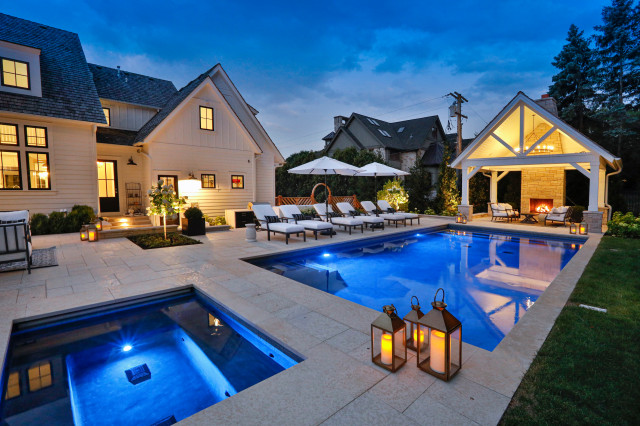
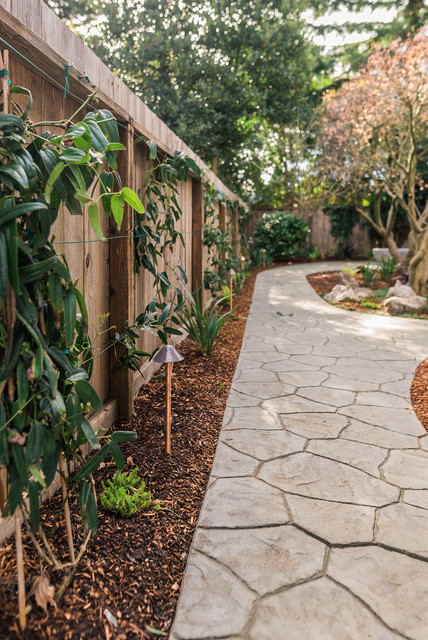

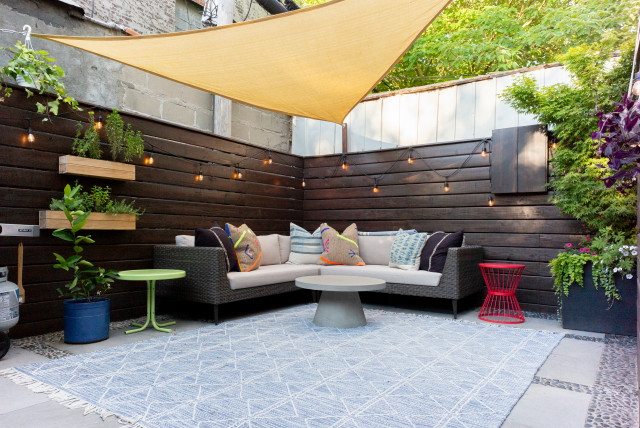

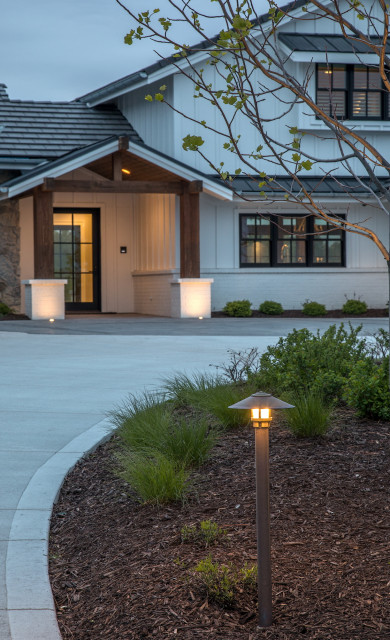
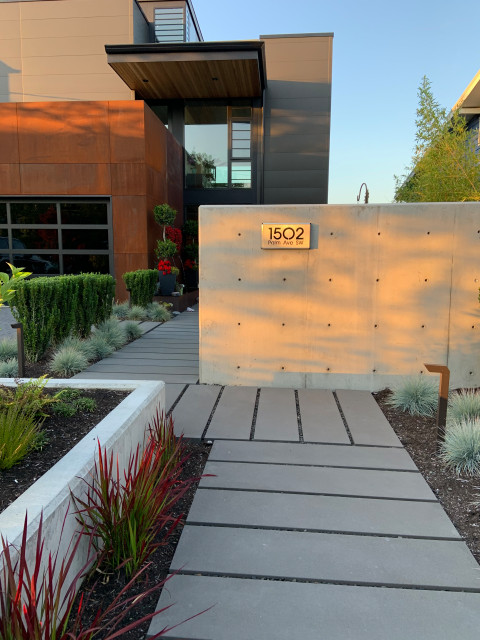



Comments
Post a Comment